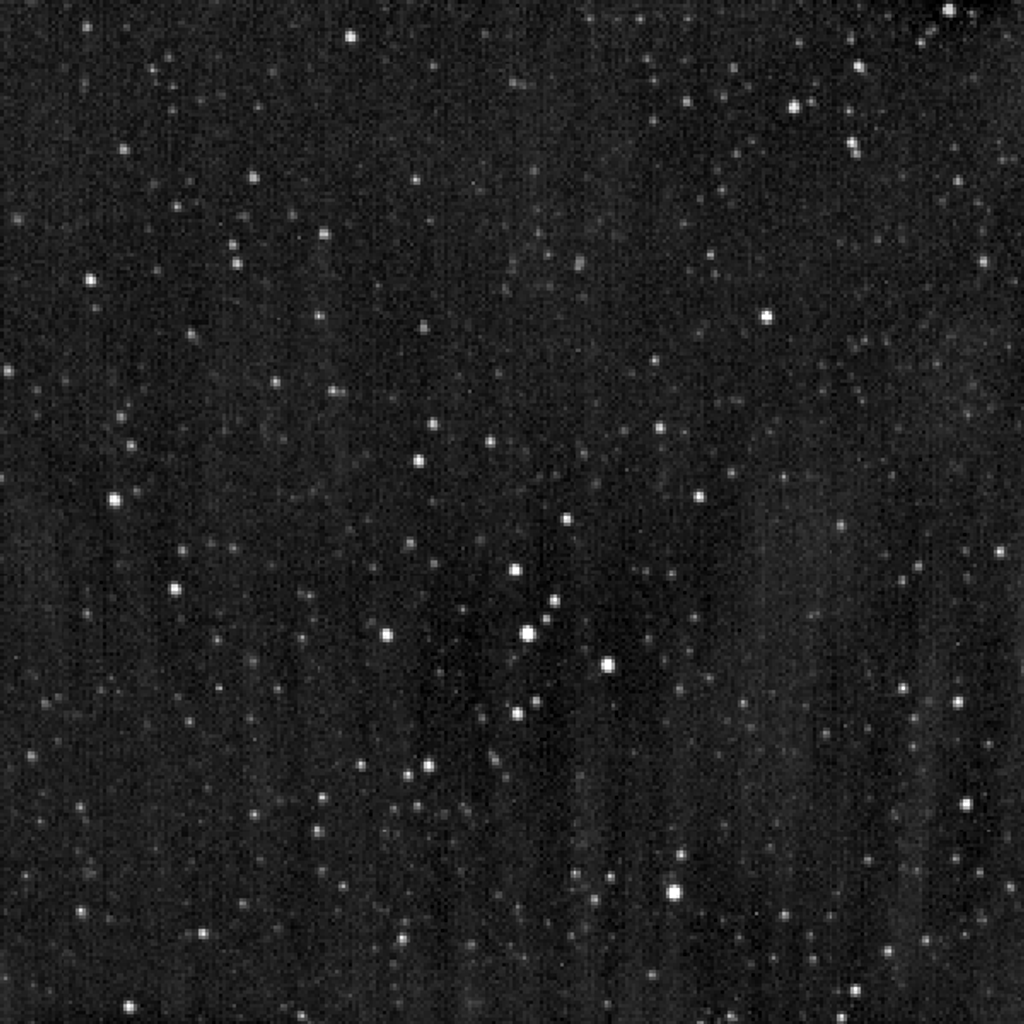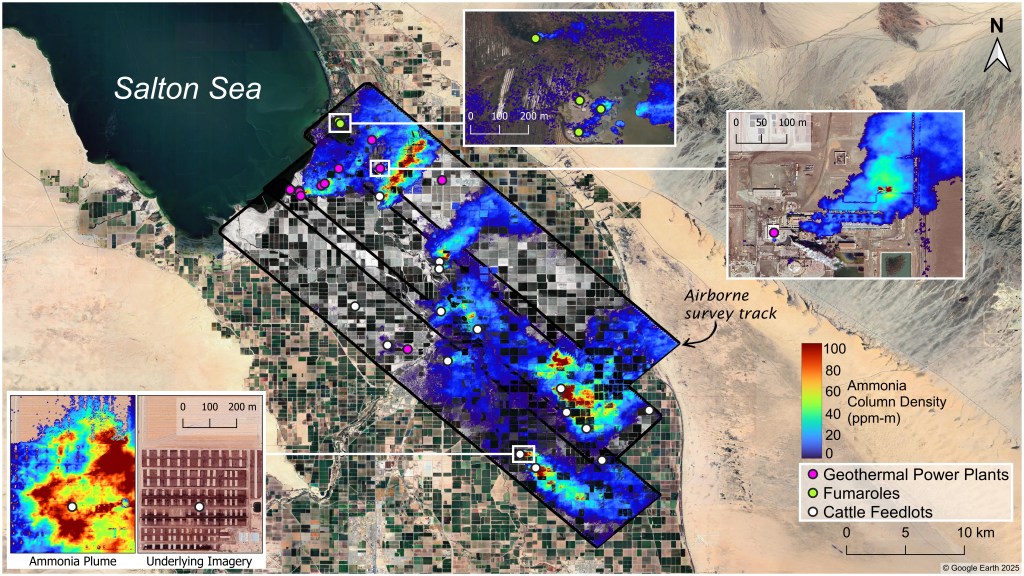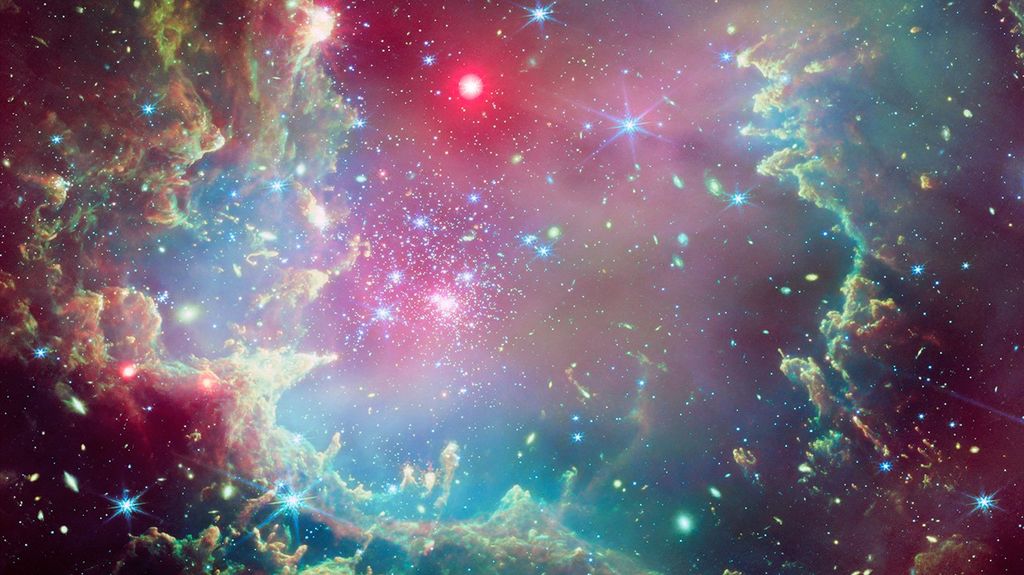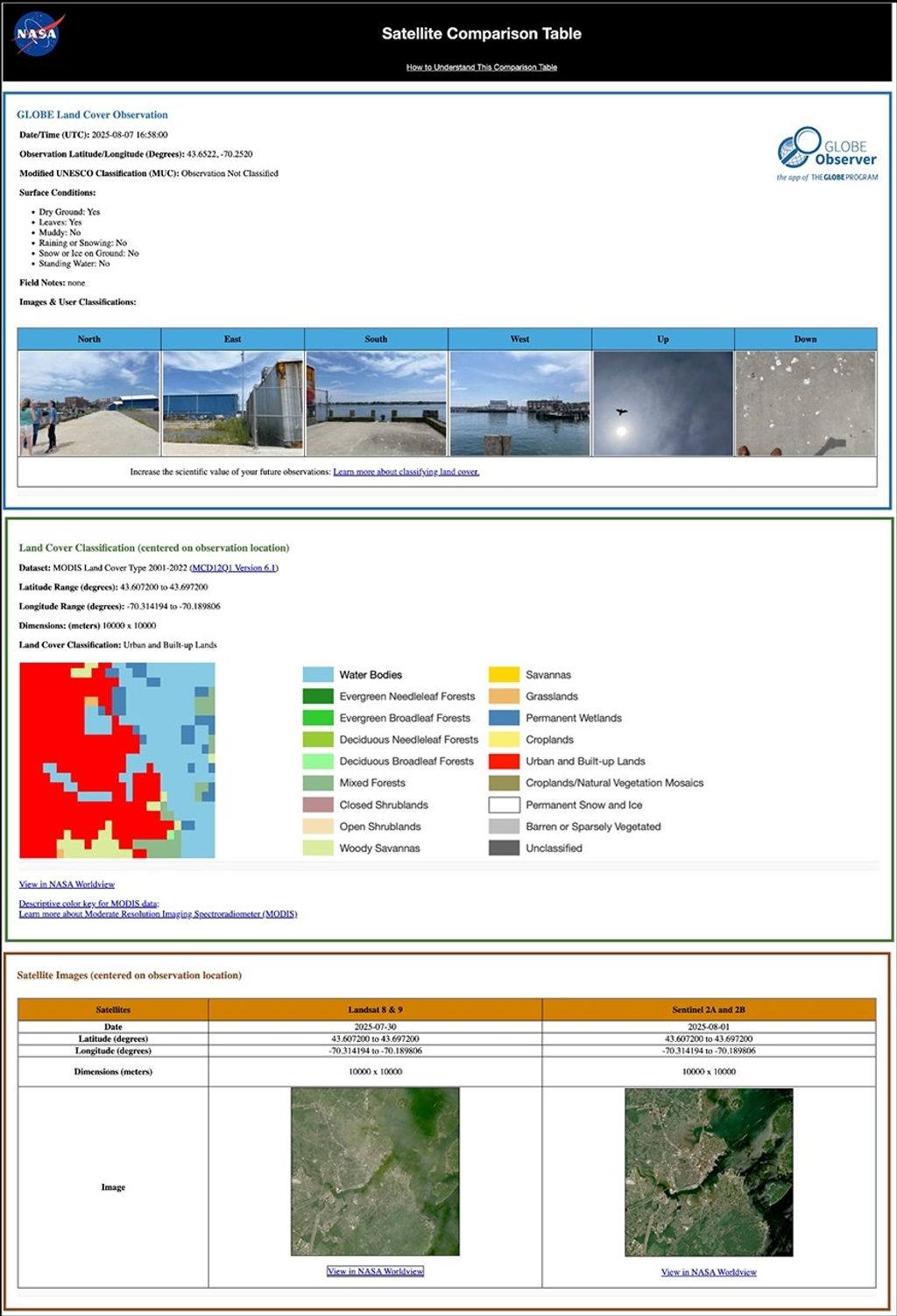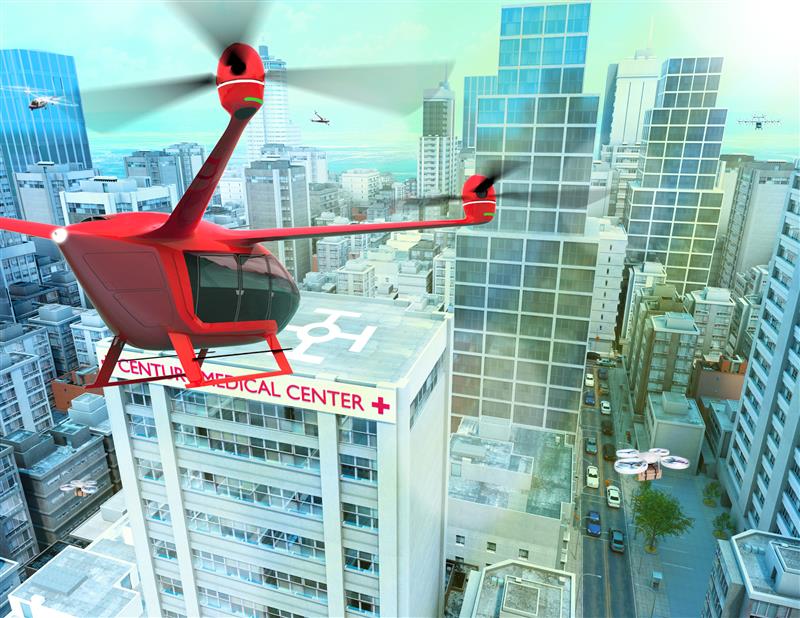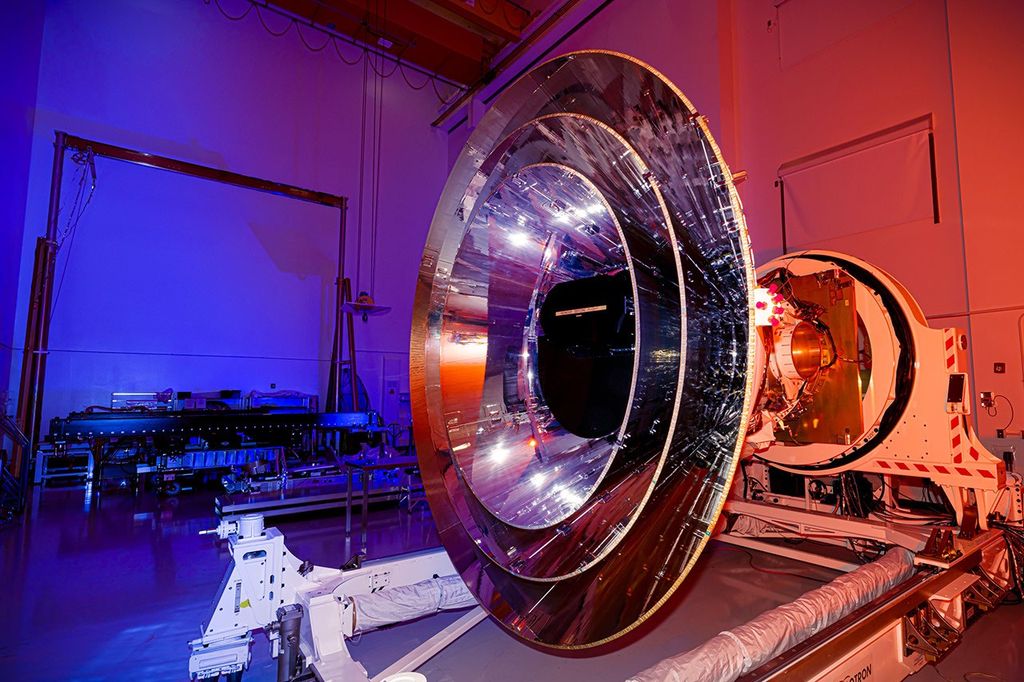Crew Sequences DNA, Researches Blood Pressure and Tests Time Perception Today

The International Space Station is a unique orbiting laboratory that helps NASA and its partners explore what happens to humans living off the Earth. The Expedition 60 crew is contributing to the microgravity research everyday learning what it takes to live and work successfully in space.
NASA astronauts Christina Koch and Nick Hague began Thursday morning investigating how space radiation-damaged DNA repairs itself. The Genes in Space-6 study sequences DNA samples inside the Biomolecule Sequencer and observes the mutation and molecular repair mechanisms.
Koch then measured her blood pressure to help doctors understand and treat lightheadedness symptoms some astronauts have experienced upon returning to Earth. During the afternoon, she swapped fuel bottles that support flame, fuel and soot experiments taking place inside the Combustion Integrated Rack.
Hague set up a virtual reality camera inside Europe’s Columbus laboratory module to record a cinematic, immersive experience of his science activities in the afternoon. He recorded himself exploring the hypothesis that astronauts working in space perceive time differently affecting mission performance.
Commander Alexey Ovchinin spent all day ensuring the upkeep of the Russian segment of the space station. The veteran cosmonaut swapped out life support system components and tested communications and electronics gear.






